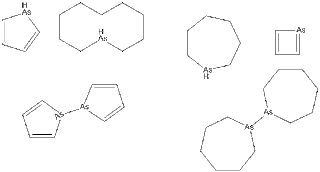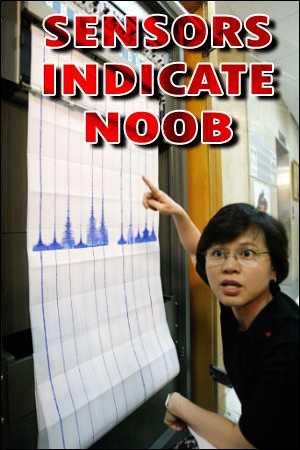So today I am completing the final step in my nice little Barton decarboxylation. For any of you familiar with the reaction it is quite nifty and basically serves as a relatively straightforward method to remove carboxylic acid function from a compound. A quick search of our favourite cheat site
OCP will show you that there are a couple of methods of performing the reaction either via a stannane or via the pyrithione. In both cases however a considerably stinky reaction ensues and if you are not careful (as I am often not) you could easily end up being the most hated member of your group.
I personally use the pyrithione method as I am really not fond of tin and the materials are quite cheap. However, in the reaction, which I will post a quite procedure for after the post ( I like to babble first), the when the radical of the pyrithione is formed the use of t-BuSH as a trapping reagent often causes quite a few groans from the rest of the lab. What's worse is that one time I was working up a courageous large scale reaction (>4g), which required a seperatory funnel and I inadvertently shook it too hard and ended up cracking the funnel on the fume hood door and spilling the contents all over myself. Needless to say I stripped off the lab coat but the smelly damage was done. I had to catch the bus home and I think I attracted a few admirers on the way. (By that I mean they followed me home waving flaming brands and tried to offer me a pitchfork, which I didn't need so I declined).
But seeing as though this is a chemistry blog and I feel like the few readers we have so far read this blog for some form of enlightenment I will share with you the procedure I follow. It is broken up into parts you need to prepare.
ACID CHLORIDE FORMATION (RCOCl)
50mL RBF, inert atmosphere
To a suspension of dry carboxylic acid (R-COOH, 2g) in anhydrous DCM (10mL) at room temperature is slowly added oxalyl chloride (1.5eq). The suspension is left to stir for ~30min until solution turns clear. The solvent is removed in vacuo ~40tor is usually good then 0tor for another 10min to ensure everything is evaporated. The white solid is then purged with inert atmosphere and anhydrous benzene (10mL) is added.
BARTON SOUP
250mL RBF, reflux condenser, inert atmosphere
In a 250mL RBF is added ~1-1.1eq of dry and recrystalised 2-mercaptopyridine N-oxide sodium salt (you can use the non-salted version but I find the salt works better, this is also known as Omadine and apparently can be found in anti-dandruff shampoo). To this salt is also added ~2eq (~2mL) t-BuSH (the stink factor), 30mL of benzene and a catalytic amount of DMAP. The omadine should be shielded from light until you are ready to perform the reaction. Once you have your acid chloride solution prepared you can begin to reflux the solution and then irradiate with 250W tungsten light a short time before you begin to add the acid chloride.
Addition of acid chloride is a personal preference. In some instances when you have this under inert atmosphere it is probably a good idea to have a sulphuric acid bubbler attached to the system to prevent the stink from entering your argon lines. Also, I add the acid chloride via a syringe in the top of the condenser and try to drip the solution into the soup without getting it on the sides of the condenser. Another method would be to use a dropping funnel but who really wants to clean up all that stinky glassware at the end of it all.
Anyway, dropwise addition of the acid chloride - you don't want to add it too fast or the formation of gas can cause a stink explosion- over about 20min. Follow this with a further 1hr irradiated reflux.
Cool the solution in an ice water bath and quench the stink with 10-15mL calcium hypochlorite sat. soln. added in portions to the vigourously stirring soup. Then extract the solution with 25mL ether and wash with 3x25mL water. Back extract the water with a further 25mL ether and dry the combined extracts with MgSO4. Run the decarboxylated product down a column and voila. You have made a mess a lot of stink and some decarboxylated product. YAY!

























